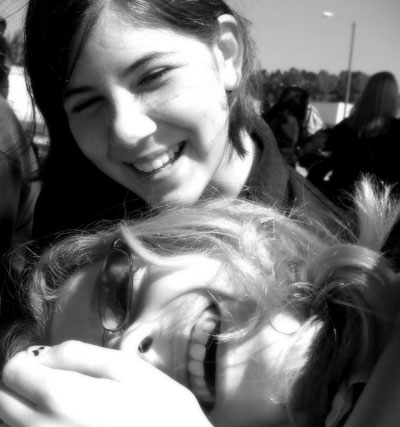All Nonfiction
- Bullying
- Books
- Academic
- Author Interviews
- Celebrity interviews
- College Articles
- College Essays
- Educator of the Year
- Heroes
- Interviews
- Memoir
- Personal Experience
- Sports
- Travel & Culture
All Opinions
- Bullying
- Current Events / Politics
- Discrimination
- Drugs / Alcohol / Smoking
- Entertainment / Celebrities
- Environment
- Love / Relationships
- Movies / Music / TV
- Pop Culture / Trends
- School / College
- Social Issues / Civics
- Spirituality / Religion
- Sports / Hobbies
All Hot Topics
- Bullying
- Community Service
- Environment
- Health
- Letters to the Editor
- Pride & Prejudice
- What Matters
- Back
Summer Guide
- Program Links
- Program Reviews
- Back
College Guide
- College Links
- College Reviews
- College Essays
- College Articles
- Back
The Sixth Extinction Book Review
The Sixth Extinction is a scientific non-fiction book written by Elizabeth Kolbert. It is mainly about histories of theories and details about famous biologists like Darwin; about already extinct species; about the endangered species that might become extinct in the near future…The whole book is based on the real life investigations and explorations of the author, having traveled to many natural places including islands, forests, caves and so on. There is a variety of highly academic knowledges and references in the book.
Kolbert’s book is academic in tone—it reads more like a textbook than a plot-driven page turner with spies and explosions, but there are considerable excitements included within if one takes the time to appreciate them.
In each chapter, the author has one investigation or goes to one place, and talks about one specific topic. There are topics from frogs to rhinos, from global warming to ocean acidification… The most enjoyable chapter was “The Forest And The Trees,” where the author went to investigate and find samples in one forest. I have been to many summer camps where we live in mountains for days, hiking and climbing, observing plants and animals…That is very similar to what the author was doing in this chapter, so I can feel a sense of empathy, as if I were in that forest with this book as well. I can imagine the things they do in the woods, which is more interesting than the ammonites in the ocean that has very less connection with my daily life. Also the fact that trees can “migrate” is really marvelous. They simply spread their seeds to areas that have better environment for them to grow, so that overtime it seems that the trees have migrated.
There is an interesting idea in the book: we always seem to put human-caused extinction in a separate category than natural selection. However, Kolbert suggests that humans are creatures living on earth as well—we fight for limited resources the same as other animals. That we are better adapted assures our continued survival, at least in the short run.
I think it is still necessary to have a separate category for human caused extinction, because natural extinction is more like fair competition of species, but for human caused extinction, most of the time human are hunting animals unnecessarily; without that hunting humans can still live, so it is not the natural thing for human to do to survive, but human just got greedy about what they can get from the animals.
This book brings us to think about the problem of pollution, how this problem is extremely severe now, and can be even more severe in the future, not only effecting innocent animals but also human ourselves. But it is actually very simple for us to do little things in daily life to help the environment, for example bringing bags ourselves instead of using disposable plastic bags, turn off lights when it is not necessary to use them, take public transport instead of private cars…There will certainly be a big difference if every one of us are doing those thing every day. So this book can be easily linked to our daily life. It let me be more aware of the environmental problem.
I can recommend this book to classmate who study or are interested in biology and geography. It can really give us a lot of academic information. It can help us have some further understanding of those subjects and expand our knowledge. However, this book is not suitable for friends who are much younger, because it can be very difficult or bored to them.

Similar Articles
JOIN THE DISCUSSION
This article has 0 comments.
